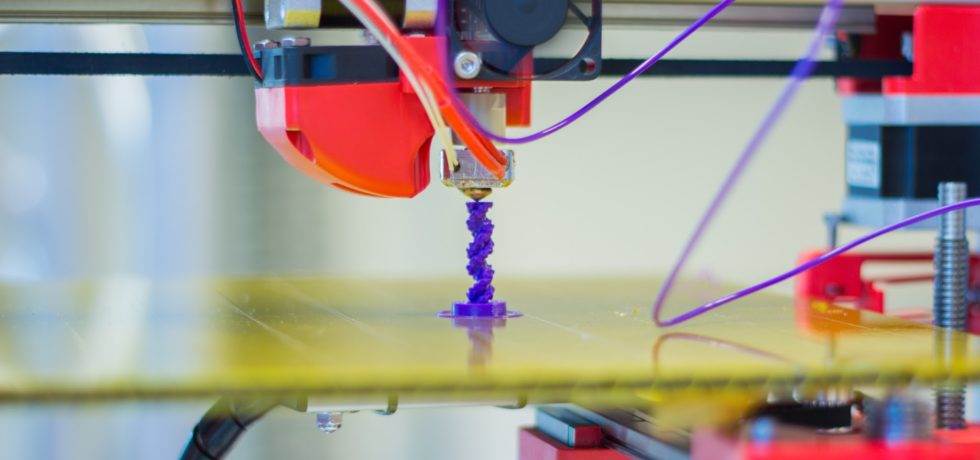If you’re the type of person that looks at the usual suspects labeled “innovation technology” – I’m looking at you, Smart Goggles – and thinks, “That’s great for someone with a ton of expendable income, but what’s in it for me?” you wouldn’t be the first. Ironically, while the purpose of most forms of technology throughout history was to make the human existence easier, much of what’s considered disruptive as-of-late is a few fingers out of reach for the average joe. After all, it’s tough to get truly excited about things like robotic segways and human-sized drones when you know you’re going to be up at 5 a.m. the next morning tying rebar…by hand. That’s why we, at Faber, are excited by the prospect of 3D printing becoming genuinely useful to those of us in the construction industry, and to the average consumer.
3D printing – what is it, exactly?
Let’s start with the basics. What is 3D printing? In a nutshell, it’s the manufacturing of a physical object using a digital prototype. While the process can involve the use of various combinations of computers, machines, and robots, it uses technology to build structures by adding many layers of material together. This is why the field is called “Additive Manufacturing.”
How is it being used?
Back to your original question: What’s in it for you/me? Much like with automotive innovation, as 3D printing matures and expands as a field, developers and business-people alike begin to ask themselves, “How do we make this more affordable and accessible to the average consumer?” or, further, “How can we use this to solve common problems worldwide? At Faber, we think the answers to these questions come from experiments in three different areas: scale, density, and materials.
Scale
Just like with Tesla, the 3D printing of housing structures didn’t start with models accessible to the average consumer. Notice, for example, that in this list of the 30 greatest 3D printed houses in the world, the castle came before the micro-cabin. However, we’re starting to see companies shift their focus toward smaller mass-producible structures that could, for example, provide shelter after a natural disaster.
Density
Here’s the problem with building castles. While they were once constructed to protect an entire town or village’s army (see Netflix’s Secrets of Great British Castles), the population now living in them is… non-existent. While mansions are, similarly, fun to gawk at, they do little to address housing needs. In Vancouver, where Faber was founded, we have a serious problem with a rapidly growing population and a serious lack of dense housing. That’s why we were excited to see this example of the first 3D printed apartment building, which – in addition to fitting more than a single person or family – boasted a 30 to 60 percent reduction in construction waste.
Materials
Speaking of waste, what about using dirt and garbage as 3D printing materials? The Open Thesis Program recently developed a way to print structures out of soil, and is now looking for a commercial partner to bring the idea to market. Even better: a team at UCLA’s Centre for Innovation recently launched a project which uncovered ways to make 3D printing material from carbon emissions.
In short, these are all ideas that we, as leaders within the construction industry, should get behind. Admittedly, it’ll be a long while before the majority of us see 3D printing enter the mainstream construction market – which will give our workforces time to adjust. However, we’re looking forward to seeing how this form of technology can contribute to a sustainable construction industry, serving the average consumer.






